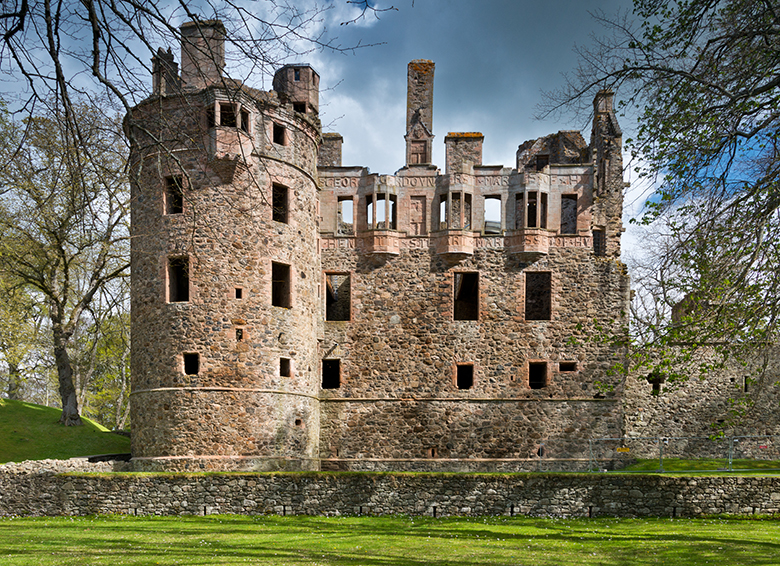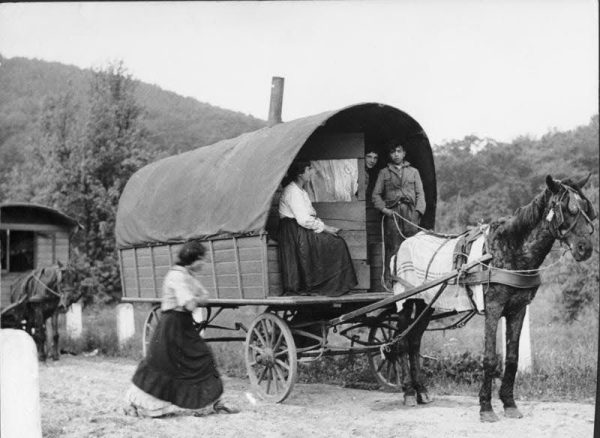History of Clan Gordon
In 1967, Shorecrest High School got official permission from Lord Huntly, Chief of Clan Gordon, to use the Clan colors and symbols. That is why we are known as the “Scots” and Otis is our mascot. It is based on one of the most influential Clans in Scottish history. Now, there is talk about changing our school’s mascot for a number of reasons, which I am personally in full support of. But before we cast Otis and Clan Gordon aside, I thought it would be interesting to learn a little bit more about the history of this clan. So here are some small snippets of this clan’s large history.
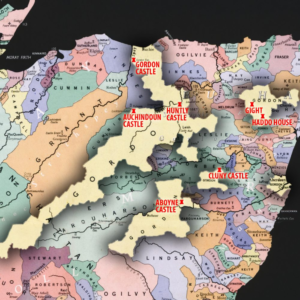
Beginnings
The first Gordons were welcomed to Scotland by King David I in the 12th century (1100s). They set up their home in Kelso under the watch of the Earl of Dunbar. They would end up expanding further North (Aberdeenshire area) and become known as one of the most powerful clans of Scotland.
About 150 houses claim they are part of the Gordon clan, and it is legend that all Gordons are descended from Sir Adam Gordon, who was the original Earl of Huntly. It is argued by historians, however, that not all houses are actually descended from him.
Scottish Wars of Independence
From the years 1296 to 1346, Scotland fought many wars against England in order to gain independence. Clan Gordon was heavily involved in these wars and Sir Adam Gordon fought alongside Robert the Bruce and was considered one of his most trusted advisors. But during the battle of Halidon Hill in 1333, Sir Gordon was killed. And then in 1388, during the Battle of Otterburn, chief John Gordon was killed. Clan Gordon continued to experience heavy losses and the only remaining child of John Gordon, Elizabeth Gordon, married into Clan Seton to Alexander Seton. But their son in 1457 reverted back to Gordon and restarted the clan.
Feud with Clan Douglas and Lindsay
Clan Gordon is very well known for their feuds, most famously with Clan Douglas and Clan Lindsay. In 1445, Clan Gordon and Lindsay were at war, and during the Battle of Arbroath, the cousin of the Earl of Huntly (clan leader) was killed. His name was Patrick Gordon of Methlic, but Clan Lindsay was defeated when Gordon and Clan Ogilvy joined forces at the Battle of Brechin in 1452.
Clan Douglas was a ruthless enemy and devastated Gordon lands to try and gain power, they ended up setting Huntly Castle ablaze, angering the leaders of Clan Gordon. In 1454, Alexander Gordon was able to defeat Clan Douglas and was bestowed the title of Cock o’ North, a title that is passed down from clan chief to clan chief.
War with Clan Forbes
During the 16th century (1500s), Gordon became bitter enemies with Clan Forbes. This was due to the Protestant Reformation, with Gordon being Catholic while Forbes was Protestant. This was also caused by the murder of Seton of Meldrum, who had been a close ally to the Earl of Huntly at the time. The war was bloody and intense, with extensive massacres and slaughterings. Parliament had to step in and force both clans to lay down their arms. It stopped the physical fighting, but the feud and rivalry continued.
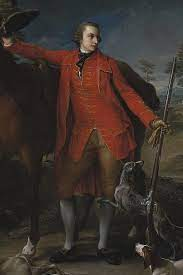
Battling with Mary Queen of Scots
The 4th Earl of Huntly, George Gordon, refused to let Mary Queen of Scots into Inverness Castle, which was controlled by the Gordons. This slight caused the Queen to go to war with Clan Gordon and a battle of 2,000 men ensued, with the Queen reigning victorious and George Gordon dying of apoplexy shortly after the battle.
Oddly enough, 6 months after the battle, the Earl’s body was found and then put on trial in the Scottish Parliament. His body was gutted, salted, and pickled for the event. He was found guilty of high treason.
Wars of the Three Kingdoms
From 1644 to 1651, Britain, Scotland, and Ireland went into a different series of wars. These wars split Clan Gordon, with Lord Lewis Gordon fighting for the Covenators while Sir Nathaniel Gordon fought for the Royalists. The Covenanters allied themselves with England Parliament, while the Royalists fought for Charles I. The Covenanters had originally controlled Scotland since 1639 and supported the Presbyterian Church of Scotland. This split between Royalists and Covenanters originally sprung up from the struggle between England’s King James VI and his son, King Charles I. The Royalists, however, aided King Charles I in his struggles with Parliament during the English Civil War. In the end, the Covenanters won a victory over the Royalists.
But this split in loyalties in Clan Gordon would continue to fester, and with the Jacobites rising in 1715 and 1745, the Clan was split again during the Battles of Inverurie, Falkirk, and Culloden. The Jacobites were a group of supporters of the exiled Stuart King James II after the Glorious Revolution, which was also connected to the Wars of the Three Kingdoms.
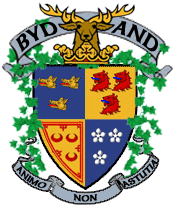
Other Details
The current Earl of Huntly is Granville Charles Gomer Gordon, and Clan Gordon currently has 149 castles in their possession, including Huntly Castle. Their crest features a stag’s head with two mottos: bydand and animo non astutia. Byband has several interpretations, including “stay and fight” or resilience; “animo non astutia” means “by courage, not cunning”. This crest can be seen on Shorecrest High School’s homepage. The tartan that is seen on our band’s kilts and on our mascot Otis is one of the many variations of Clan Gordon’s original tartan.
Further Reading
https://www.highlandtitles.com/blog/clans-scotland-gordon/
https://www.houseofgordon.com/
https://en.wikipedia.org/wiki/Clan_Gordon



